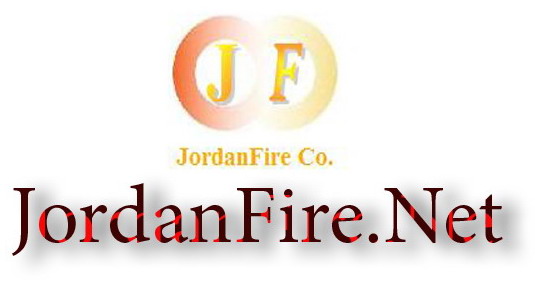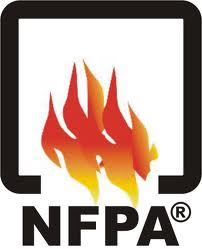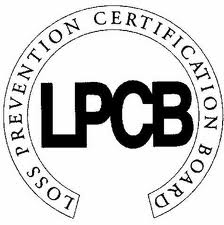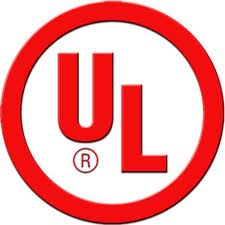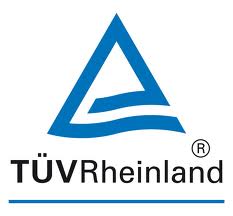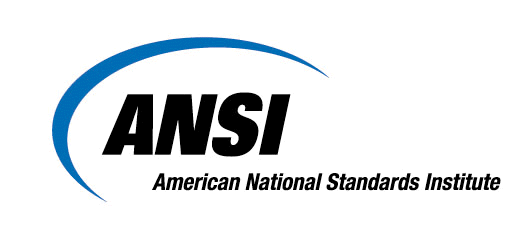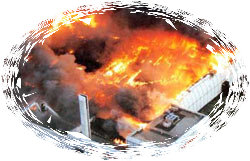
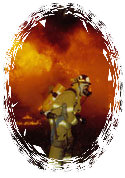


Fire Protection > Sprinkler Systems
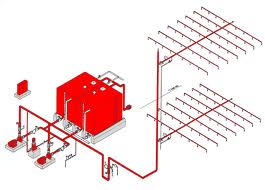
Sprinkler Systems is An integrated system of under ground and over head piping designed in accordance with fire protection engineering, it contains gate valves and sprinkler heads, the systems is connected to a reliable sufficient efficient water supply or demand. (NFPA 13).
The sprinkler system is designed to extinguish a fire without human activity. It is especially useful in unattended buildings. The heart of sprinkler system is the sprinkler head.
Principle of Operation
When there is a fire underneath a sprinkler head, the heat from the fire will cause the glass bulb in the sprinkler head to burst. The glass bulb acts like a plug for the pressurized water in the piping system. Once the glass bulb breaks, the water shoots out from the sprinkler. The sprinkler rose is designed to spread out the water falling over the fire.
As in the wet riser system, the pipes distributing the water is constantly under pressure. A different set of pumps is used to maintain the pressure in the system. The sprinkler pumps are called duty, stand-by, and jockey pumps. Their function is exactly the same as for wet riser pumps. The only difference is in the system they serve.
Since the sprinkler system serve unattended areas, it is important that humans can be alerted whenever they are activated. For this purpose, flow switches are installed at each sprinkler zone. Whenever a sprinkler is activated, water flows out from the pipes to the sprinkler head. The flow of the water through a zone pipe activates a flow switch. The electrical signal from the flow switch activates an alarm at the Main Fire Alarm panel.
Each zone is provided with an isolation valve, a flow switch, and a test drain valve. Depending on the size of the building, there may be several water riser pipes supplying to all the floors of a building. Pressure gauges, check valves, and alarm gongs are installed in each riser. The alarm gong is actuated by the flow of water through the check valve and not by electrical signal of the individual sprinkler zones.
Sources:
NFPA 13 Installation of Fire Sprinkler Systems
Unified fire code 1997
